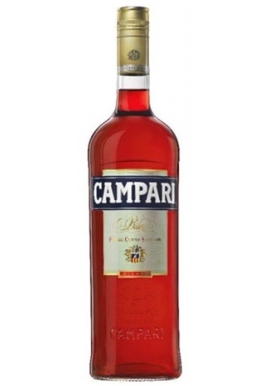There is no consensus about the origin of the apéritif. Some say that the concept of drinking a small amount of alcohol before a meal dates back to the ancient Egyptians. Main records, however, show that the apéritif first appeared in 1786 in Turin Italy, when Antonio Benedetto Carpano invented Vermouth in this city. In later years, vermouth was...
There is no consensus about the origin of the apéritif. Some say that the concept of drinking a small amount of alcohol before a meal dates back to the ancient Egyptians. Main records, however, show that the apéritif first appeared in 1786 in Turin Italy, when Antonio Benedetto Carpano invented Vermouth in this city. In later years, vermouth was produced and sold by such well-known companies as Martini, Cinzano and Gancia. Apéritifs were already widespread in the 19th century in Italy, where they were being served in fashionable cafes in Rome, Venice, Florence, Milan, Turin, and Naples.Apéritifs became very popular in Europe in the late 19th century.
By 1900, they were also commonly served in the United States. In Spain and in some countries of Latin America, apéritifs have been a staple of tapas cuisine for centuries.
A digestif is an alcoholic beverage that is drunk just after a meal as an aid to digestion — hence the name, which is borrowed from French. If a digestif is a bitters, it will contain bitter or carminative herbs that some believe will aid digestion.
In contrast to Apertifs (which are drunk before a meal), digestifs usually contain more alcohol. Digestifs are usually drunk straight (neat) and are most often spirits such as Amari, Bitters, Brandy, Grappa, or Whisky. Some wines (usually fortified wines) are served as digestifs — for example, Sherry, Port, and Madeira.
Apertifs There are no products in this category
ABN: 11 806 263 393
Liquor Licenses
337 526 06
360 674 16
